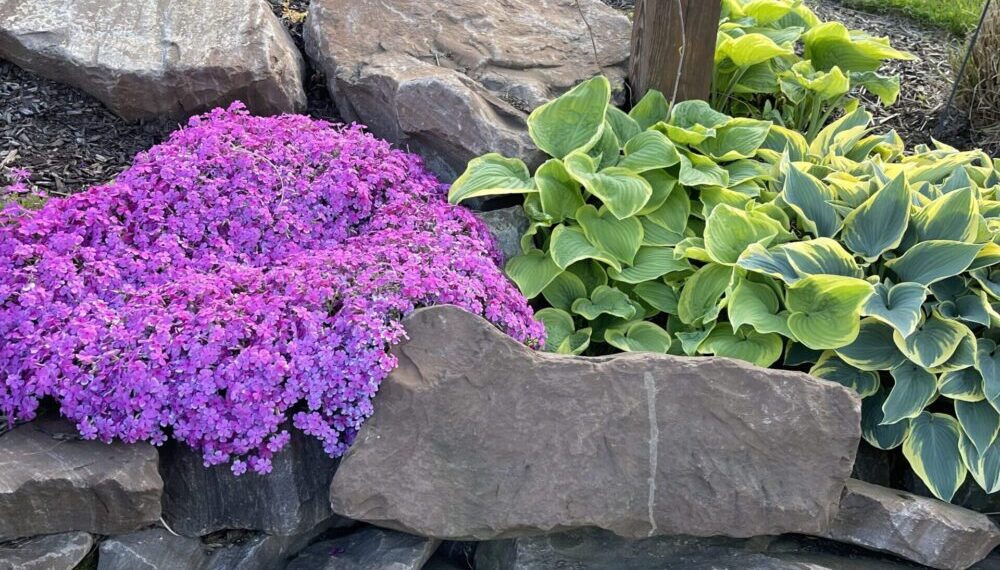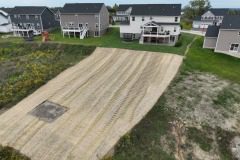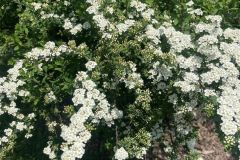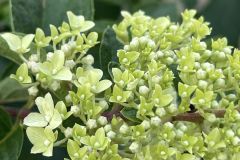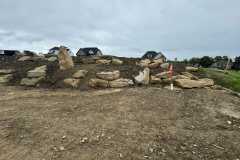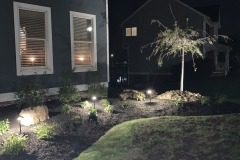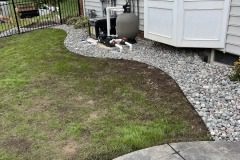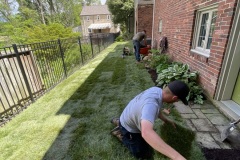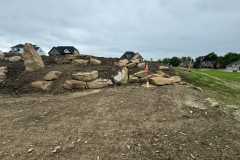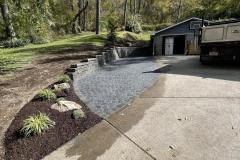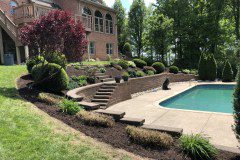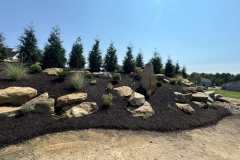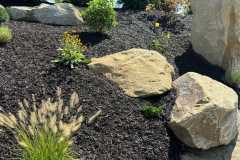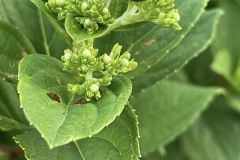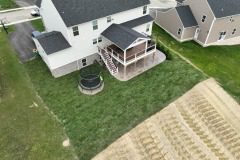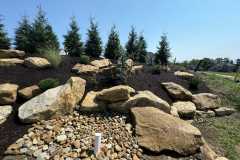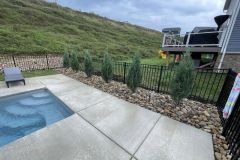Spring is the perfect time to start thinking about gardening in the Pittsburgh area. As a Zone 6 area, there are a variety of plants, flowers, and trees that will thrive in the region’s climate. In this blog post, we will explore the best options for Zone 6 spring planting in Pittsburgh, including tips on which plants to choose, how to care for them, and more. We will also discuss how to improve soil quality, common issues that may arise when planting in Zone 6, and how to combine different types of plants to create a cohesive and visually appealing garden.
Zone 6 Planting in Pittsburgh
Pittsburgh falls into the Zone 6 area of the United States, which means that the region has moderate temperatures and a moderate growing season. This makes it an ideal location for a wide variety of plants, flowers, and trees. The best time to plant in Zone 6 is in the spring, after the last frost, or in the fall when the weather is cooler. The soil in the Pittsburgh area can be heavy and clay-like, so it’s important to amend it with organic matter before planting. This can be done by adding compost, peat moss, or aged manure to the soil. By amending the soil, you will improve its ability to hold moisture, retain nutrients and promote healthy plant growth.
The Best Flowers for Zone 6 Spring Planting in Pittsburgh
When it comes to spring planting in Pittsburgh, there are a variety of flowers that will thrive in the region’s climate. Some of the best options include tulips, daffodils, and crocuses. These flowers are known for their hardiness and ability to withstand the cool temperatures of early spring. They will bloom in early spring and will add a splash of color to your garden. Other popular options include hyacinths, iris, and peonies, which will bloom later in the spring, providing a long-lasting display of color.
The Best Trees for Zone 6 Spring Planting in Pittsburgh
Trees are also an important part of Zone 6 gardening, and there are a variety of options that will thrive in the Pittsburgh area. Some of the best options include Dogwoods, Redbuds, and Magnolias, which will provide beautiful blossoms in the spring. These trees are known for their hardiness and ability to withstand the cool temperatures of early spring. Other popular options include Flowering Cherries, Serviceberries, and Crabapples, which will provide a mix of flowers and fruit. For those looking for evergreen options, the Eastern White Pine, Eastern Hemlock and Spruce are good choices. They will provide year-round greenery and beauty to your garden.
Tips for Planting in Zone 6
When planting in Zone 6, it’s important to remember that the soil in the area can be heavy and clay-like, so it’s important to amend it with organic matter before planting. It’s also important to choose plants that are well-suited to the region’s climate and soil. Additionally, make sure to provide your plants with the right amount of sunlight, water, and fertilization. It’s also important to choose plants that are native to the area, as they will be better adapted to the local climate and soil conditions. Native plants also provide important habitats for local wildlife and help to preserve biodiversity.
Caring for your Zone 6 Plants
Proper care is essential for keeping your plants healthy and thriving. This includes regular watering, fertilization, and pest control. It’s also important to prune and deadhead your plants as needed to promote healthy growth. Additionally, mulching your plants will help to retain moisture and prevent weeds from growing. It’s important to keep an eye out for common issues that may arise when planting in Zone 6, such as pests, diseases, and weather-related challenges. By being proactive in addressing these issues, you can keep your plants healthy and thriving.
Combining different plants for a cohesive garden
One of the keys to creating a beautiful and visually appealing garden is to combine different types of plants, flowers, and trees. By doing this, you can create a garden that has a variety of colors, textures, and heights. It’s important to pay attention to the color, shape, and size of the plants when planning a garden. You can also use different types of plants to create different zones within the garden, such as a shady area, a sunny area, and a damp area. This will allow you to create a garden that is functional, visually appealing and provides different habitats for wildlife.
In conclusion, Zone 6 gardening in the Pittsburgh area offers a wide variety of options for spring planting. Whether you’re looking for flowers, trees, or other plants, there are plenty of options that will thrive in the region’s climate. By choosing the right plants, amending the soil, and providing proper care, you can create a beautiful and sustainable garden in the Pittsburgh area. By understanding the specific needs of Zone 6 gardening, and by being proactive in addressing common issues, you can ensure that your garden will thrive for years to come. American GroundsKeeping is capable of providing all zone 6 plants for the Pittsburgh area to meet your landscaping needs. Their team of experts are well-versed in the specific needs of Zone 6 gardening and can help you to create a garden that is both beautiful and functional. Whether you’re a seasoned gardener or just starting out, American GroundsKeeping has the knowledge, experience, and resources to help you to create the garden of your dreams.

